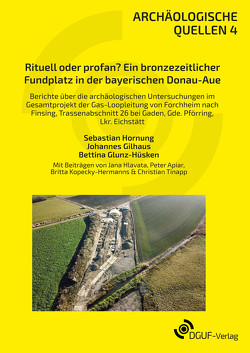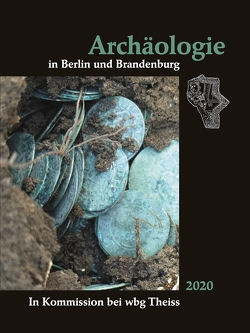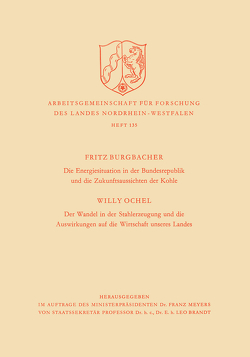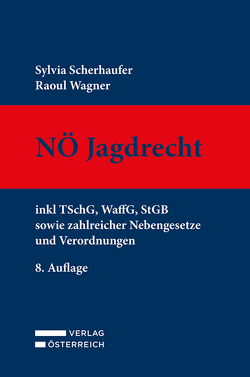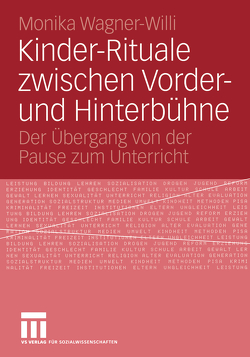Religiöse Symbolik in reichen Gräbern der Nekropole von Hallstatt, Oberösterreich
Bettina Glunz-Hüsken
This study deals with the religious symbolism in graves from Hallstatt – mostly excavated long ago – many of which stand out by unique symbol-laden objects, human images, imports, gold objects and bronze vessels, while the everyday life of the mining community is not reflected. Certain grave goods are considered an expression of religious ideas, e. g. items for feasting, driving, sacrifices, war, hunting, fishing, textile production, and smithing. By means of detailed source criticism, many discrepancies in Kromer 1959 were revealed and new insights gained, e. g. regarding long-distance contacts, dagger figurines in a winner’s pose, miniature vessels and their real-size models, disassembling of bowl-shaped helmets / objects with phalerae, belts deposited around the neck, re-used hub fittings, textile covers, leather cuirasses, pottery with tin applications, and glass cups with handles. It seems that a “new” self-concept developed under Mediterranean influence was fused with the traditional magical way of thought. There are striking ritual damages, often found on potential “emblems of power”. Cumulation of religious grave goods might indicate a special social and / or ritual function of the dead.

